Chickens have been a mainstay in Australian backyards for generations. New research from the University of Adelaide reveals that owners see their chooks as a blend between pet and livestock as well as a trustworthy source of produce.
Tag: Livestock
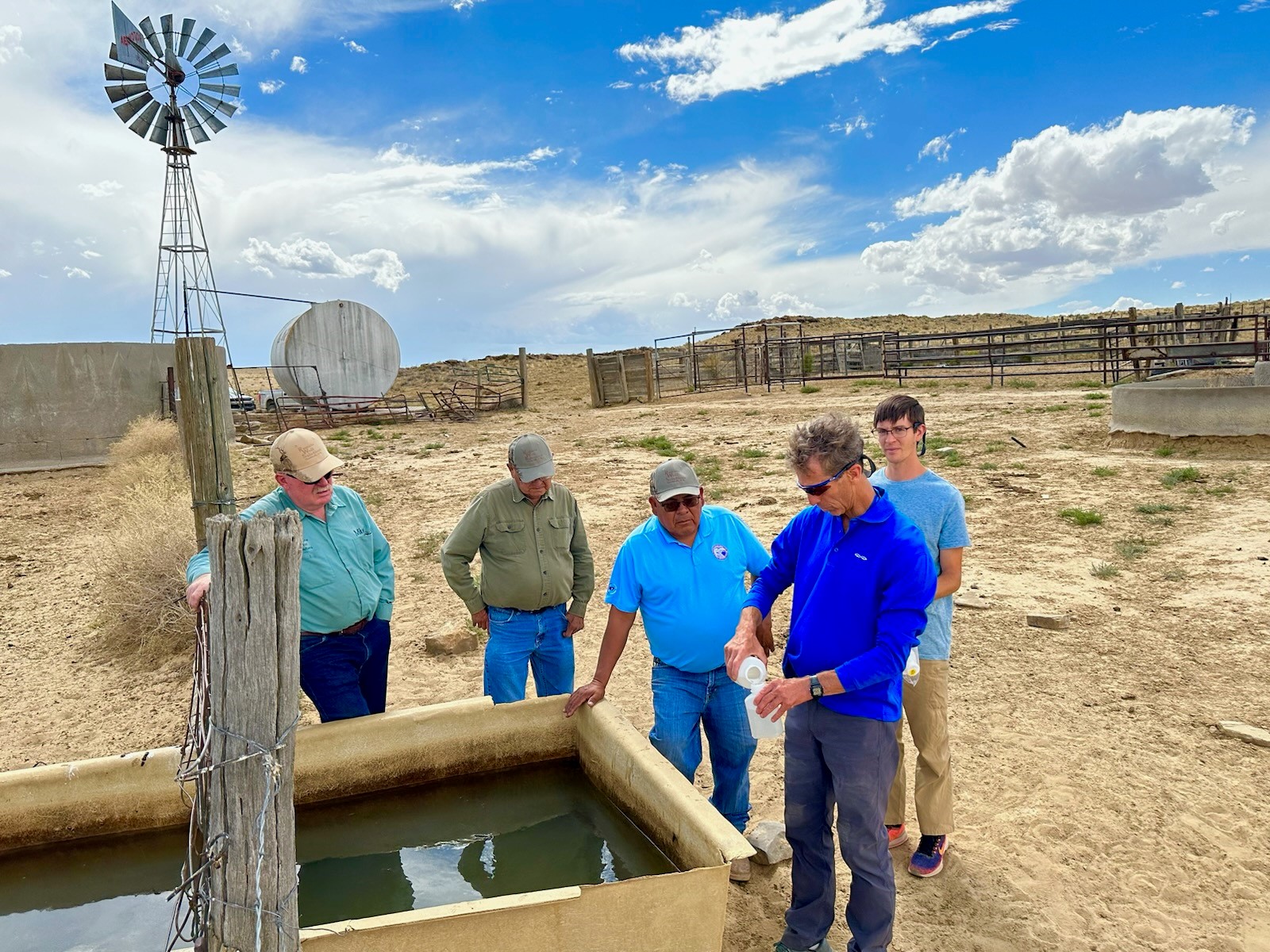
Old ways making way for new
“They say water is life, and that couldn’t be truer,” said Anne Francis, who has spent her life on the Navajo Nation, watching how water sustains the land, the crops and the herds of cattle on her family ranch. But life on the Navajo Nation is hard. The vast landscape is dotted with old-fashioned windmills, and many places are untouched by modern conveniences like electricity.
The potential of agricultural and livestock wastes as a source of biogas in Vietnam: Energetic, economic and environmental evaluation
Abstract Many economies, including Vietnam, have substantial potential for producing energy from agricultural waste. However, the analysis of using agricultural waste as a renewable energy source and its associated economic and environmental benefits remain unclear. This study aims to a)…
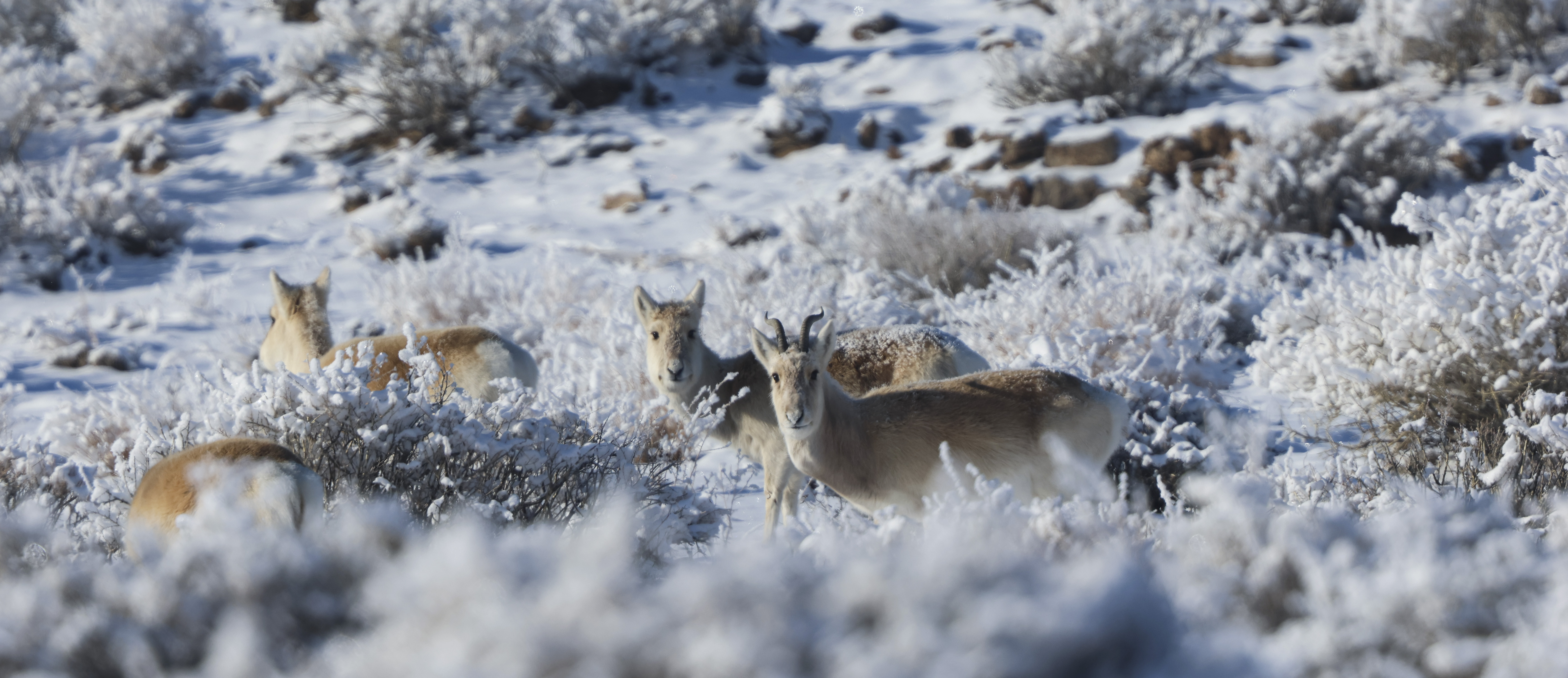
Mongolia’s Dzud Is a Severe Winter Weather Disaster Affecting People and Wildlife
As highlighted by both national and international media, a severe winter weather disaster—the phenomenon known as a ‘dzud’—during the 2023-2024 winter has presented unprecedented challenges for the people of Mongolia.
Movement of crops, animals played a key role in domestication
Over the last 15 years, archaeologists have challenged outdated ideas about humans controlling nature. Writing in the Proceedings of the National Academy of Sciences, Xinyi Liu in Arts & Sciences at Washington University in St. Louis argues for a new conceptual bridge connecting the science of biological domestication to early food globalization.
By growing animal cells in rice grains, scientists dish up hybrid food
From lab-grown chicken to cricket-derived protein, these innovative alternatives offer hope for a planet struggling with the environmental and ethical impacts of industrial agriculture.
Climate-smart cows could deliver 10-20x more milk in Global South
A team of animal scientists from the University of Illinois Urbana-Champaign is set to deliver a potential game changer for subsistence farmers in Tanzania: cows that produce up to 20 times the milk of indigenous breeds.
Spirulina that kills methane-producing microbes in the cow rumen wins $1.5M Wilkes Climate Prize
Methanogens in the cow rumen make methane gas as a by-product. Lumen scientists engineered spirulina to biomanufacture a natural enzyme that destroys only methanogens, with no impact on the cow or other bacteria.
Rising monkey and pig populations pose human disease risk
Exploding populations of wild pigs and macaque monkeys in Southeast Asia are threatening native forests and disease outbreaks in livestock and people, according to research led by The University of Queensland.
How animals are affected by Canadian wildfire smoke: University of Illinois expert available
URBANA, Ill. — Livestock and pets may be at risk due to poor air quality from Canadian wildfire smoke, according to animal welfare expert Angela Green-Miller at the University of Illinois Urbana-Champaign. Green-Miller is an associate professor in the Department…
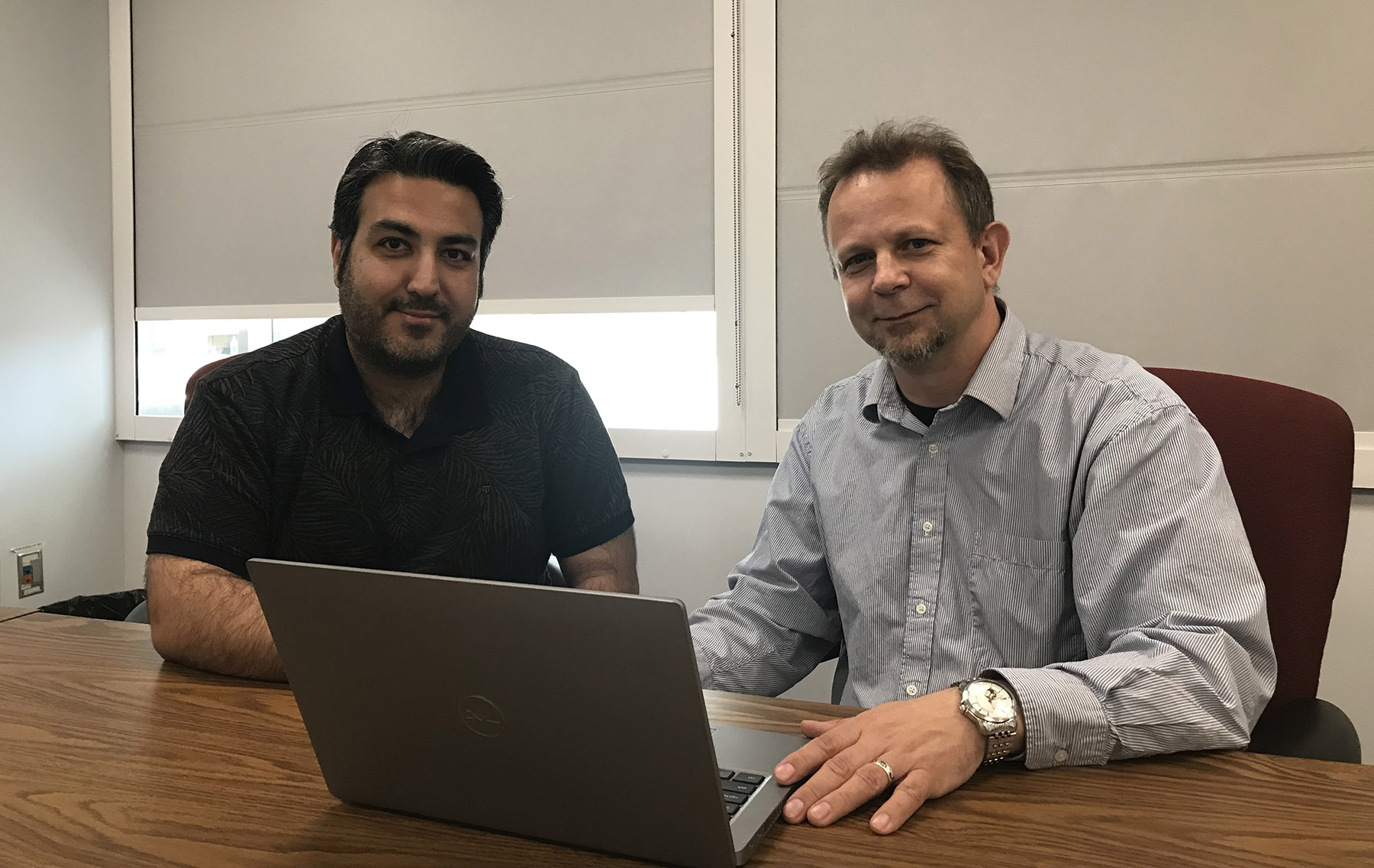
Researchers track antimicrobial resistance in E. coli isolated from swine
The spread of drug-resistant microbes has become a global health concern that threatens our ability to treat infections. The widespread use of antimicrobials in livestock, such as swine farms, exacerbates this problem.
$9.9M Bezos grant for virtual fencing combats climate change
The Bezos Earth Fund has awarded $9.9 million to the College of Agriculture and Life Sciences (CALS) at Cornell University to support a project developing low-cost virtual livestock fencing that would benefit farmers and animals, improve public health in developing countries and combat climate change.
New animal welfare scoring system could enable better-informed food and farming choices
Cambridge University scientists have come up with a system of measuring animal welfare that enables reliable comparison across different types of pig farming.
Restricting antibiotics for livestock could limit spread of antibiotic-resistant infections in people
A new study shows that a 2018 California bill banning routine antibiotic use in livestock is linked with reduction in some antibiotic-resistant infections
The Sustainable Expansion of Cattle Market in Nan Province
The School of Agricultural Resources (SAR), Chulalongkorn University, has conducted a research project, “The development of farmer’s competency, cooperation mechanism and sustainable expansion of beef cattle market opportunity in Nan”, which runs in collaboration with Nan Provincial Livestock Office, Nan Provincial Agriculture and Cooperatives Office, and Nan Provincial Office.
Researchers turn their gaze to impacts of winter grazing
Two-year study found no positive, or negative, impacts of integrated crop-livestock systems
Consider farmers at individual level when controlling livestock disease outbreaks, researchers say
Incorporate the actions of individual farmers when forming policies to tackle livestock disease outbreaks, say researchers from the University of Warwick and University of Nottingham
Land-Grant Press publications provide vital knowledge from Clemson Cooperative Extension program areas
What do peanut aflatoxins, aquaponics, integrated pest management for crops and sealed timber bids have in common? They are all subjects of practical application in Land-Grant Press by Clemson Extension publications. Written by Cooperative Extension agents and University scientists, Land-Grant Press publications are research-based, peer-reviewed scholarly work.
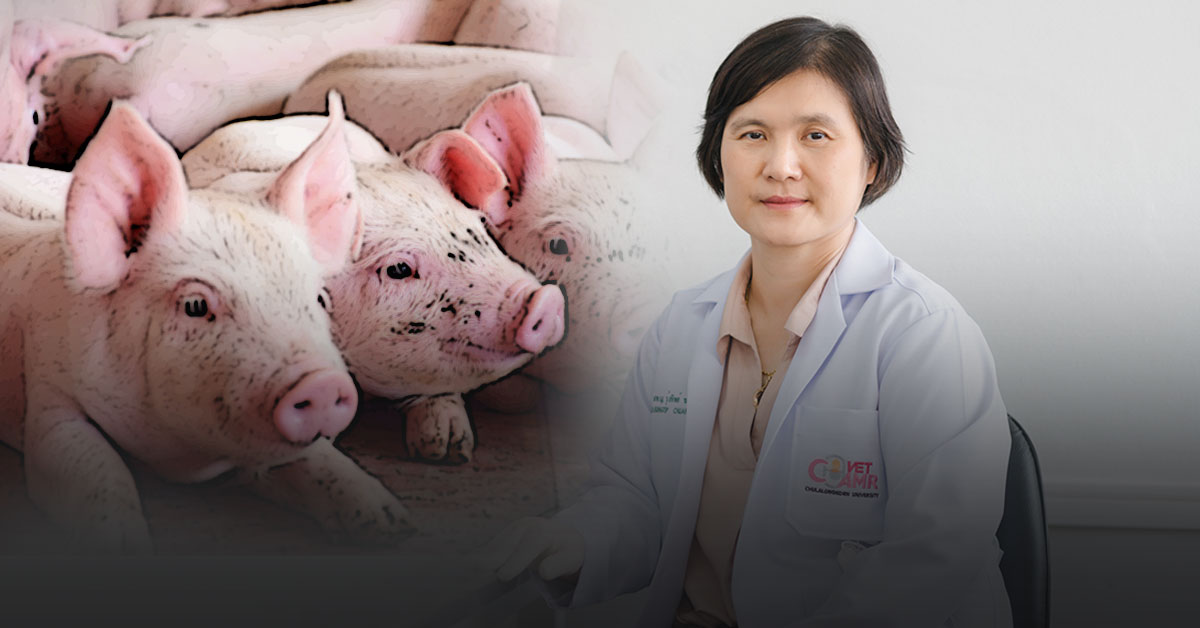
National Researcher of the Year 2022 Decodes Drug Resistance in Animals – A Step towards Sustainable Solutions
Chula Veterinary Lecturer and “National Outstanding Researcher 2022” has revealed the genetic code that causes drug resistance in animals that affects human health, animals, and the environment, and suggests comprehensive solutions under the concept “One Health”.
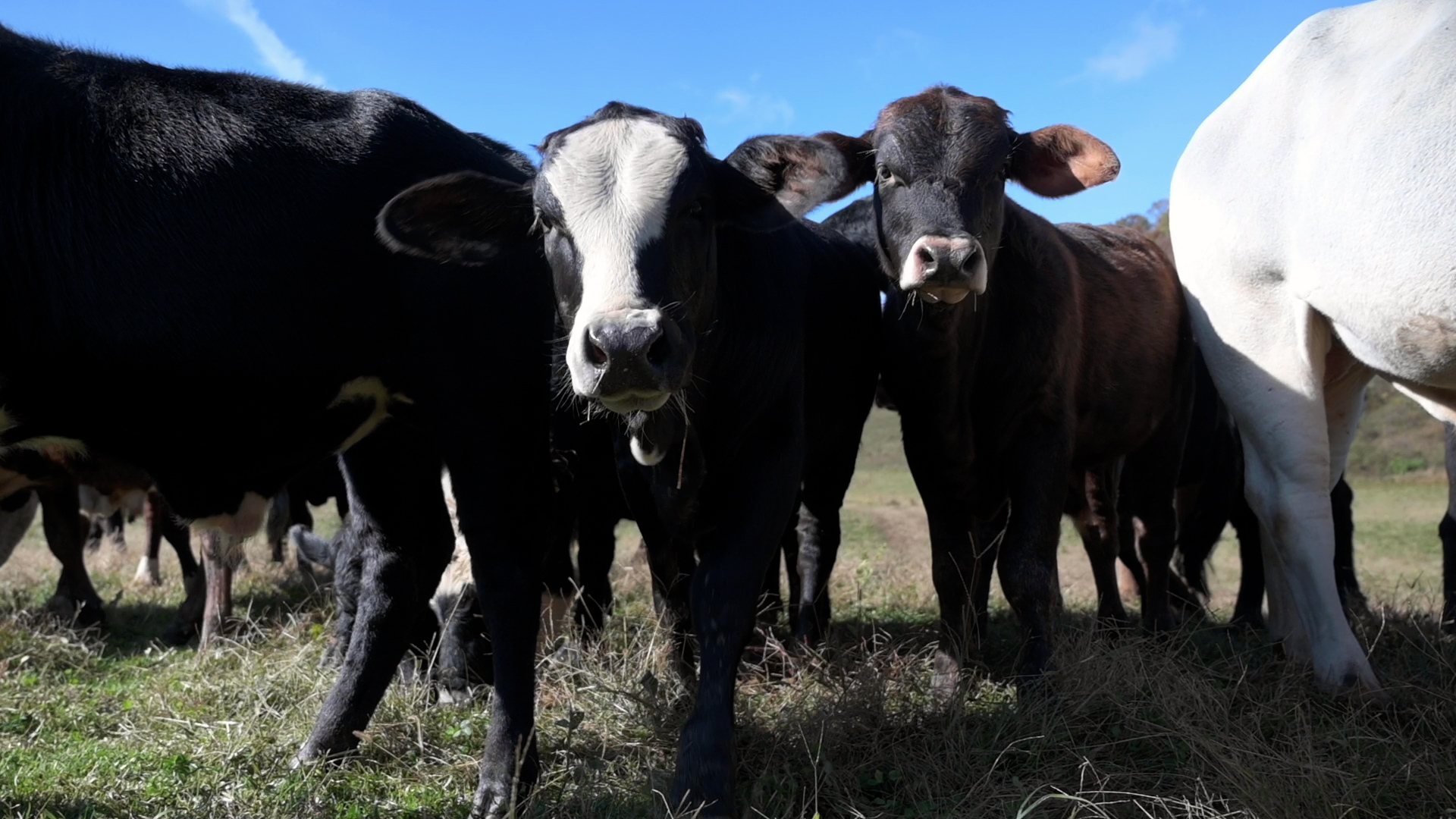
WVU Extension experts provide guidance for forage and livestock management after flooding
Flooding can be devastating on many levels. Two West Virginia University Extension officials say precautions should be taken so that livestock do not get ill by feeding on materials that have been contaminated by soil, bacteria and flood debris contained in floodwaters.
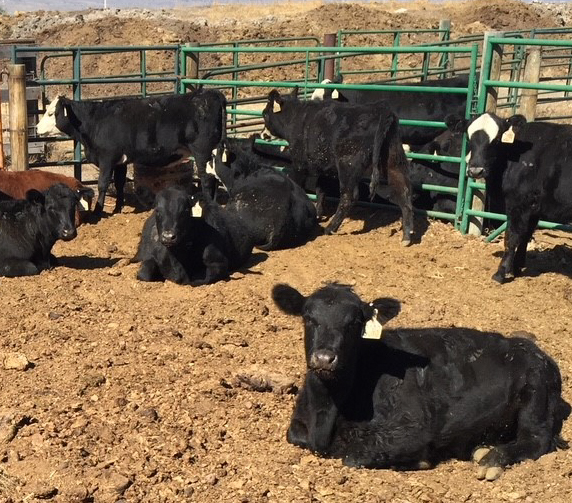
Space, exercise may be critical to drylot beef heifer reproduction
Space and exercise could be almost as important as food and water to the successful development of beef heifers raised in drylots, and quantifying that importance is the aim of a planned study by a Texas A&M University Department of Animal Science researcher in the College of Agriculture and Life Sciences.
The surprising power of chicken manure
Chicken manure, known as poultry litter, is an age-old fertilizer. New research shows it can improve soils and increase crop yield, a boon for farmers.

New cell line could lead to more reliable vaccine development to fight costly pig virus
The production of autogenous vaccines to fight individual strains of the virus that causes porcine reproductive and respiratory syndrome depends on the ability of scientists to isolate the virus, but sometimes that’s a tricky process. A new study from an Iowa State University researcher shows that a new cell line may offer a better alternative to the cell line most commonly used to isolate the PRRS virus. But the vast majority of vaccine producers use the established cell line, and it remains to be seen how readily they might adopt the use of a new one.
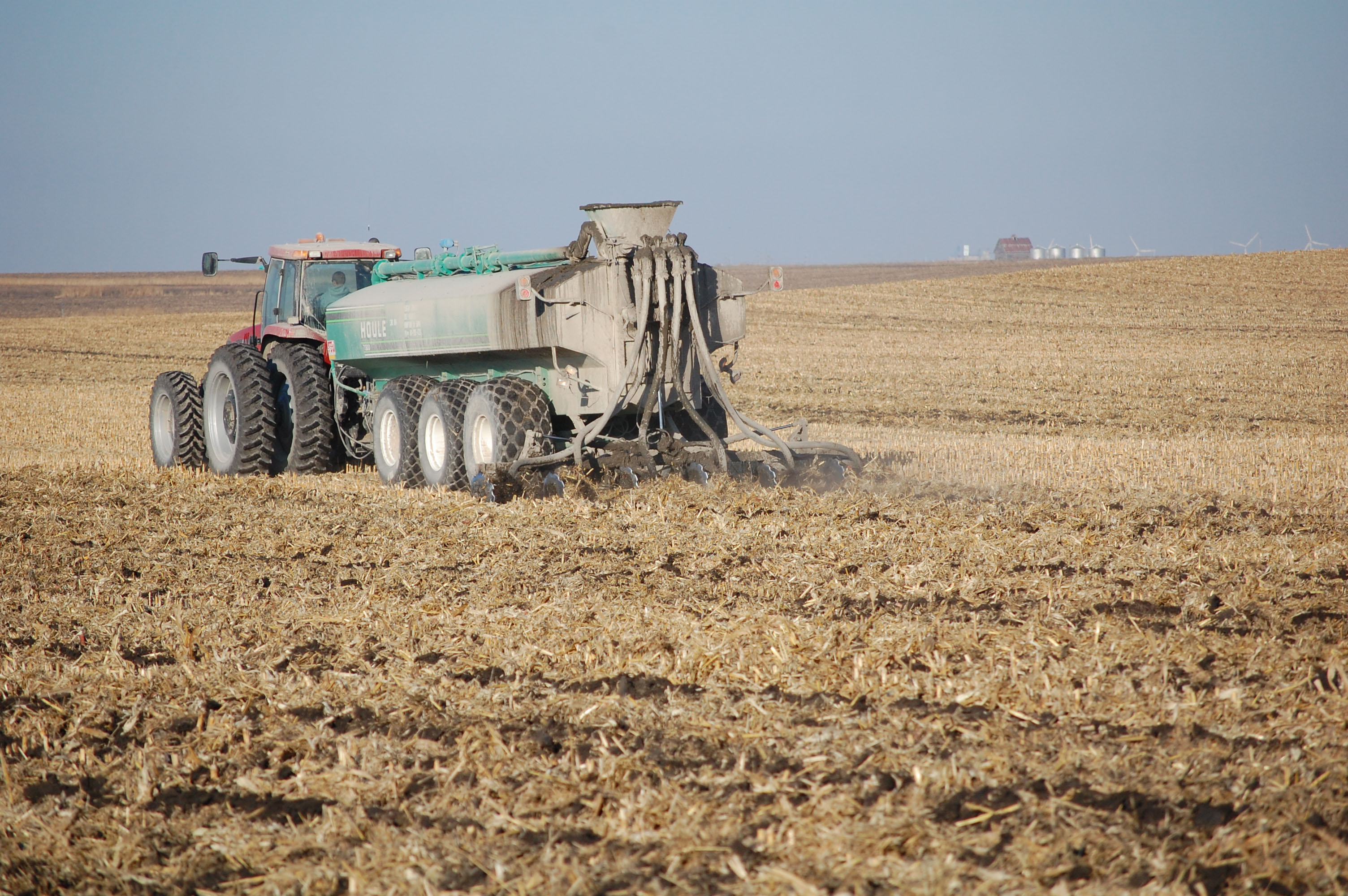
Grant to help fill gaps in how livestock manure management affects antibiotic resistance
Iowa State University researchers received a $1 million grant to study how manure management systems in livestock production may give rise to antibiotic resistance. Human, animal and environmental health interact in complex ways that influence the pace at which antibiotic resistance spreads, and the researchers hope their work will shed light on these connections.
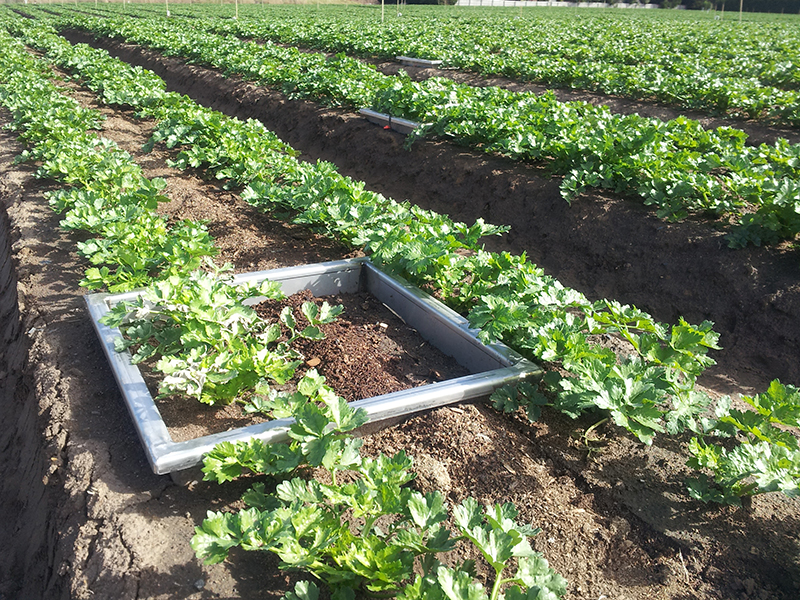
Framework sheds light on nitrogen loss of producing common food items
Differences in nitrogen loss intensity between livestock and crops confirm the need for change.
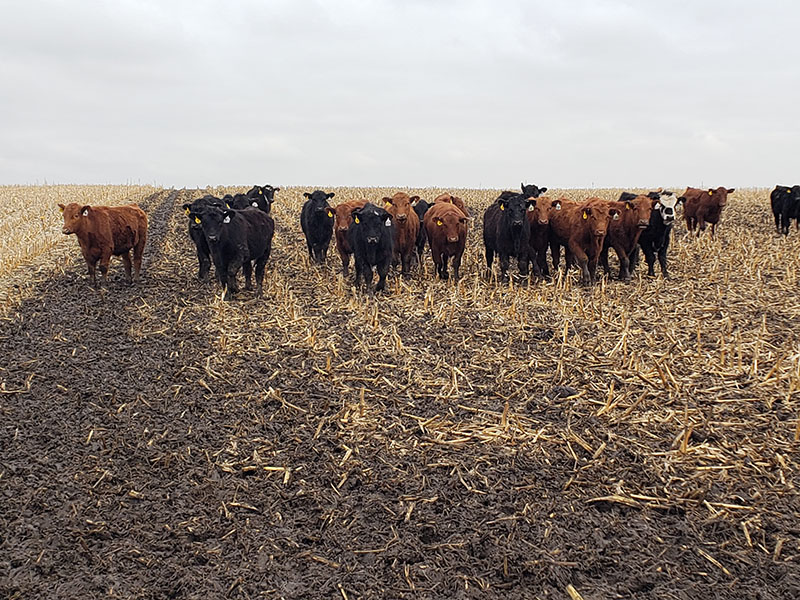
Cattle grazing and soybean yields
Each corn harvest leaves behind leaves, husks and cobs. Research shows cattle can take advantage of this food resource without damaging field productivity.

UAH gets $600,000 to create more accurate analysis of soil moisture
A $600,000 grant to create a more accurate analysis of soil moisture for drought depiction, agricultural assessments and flood potential has been awarded to the interim dean of the College of Science at The University of Alabama in Huntsville (UAH) by the National Oceanic and Atmospheric Administration (NOAA).
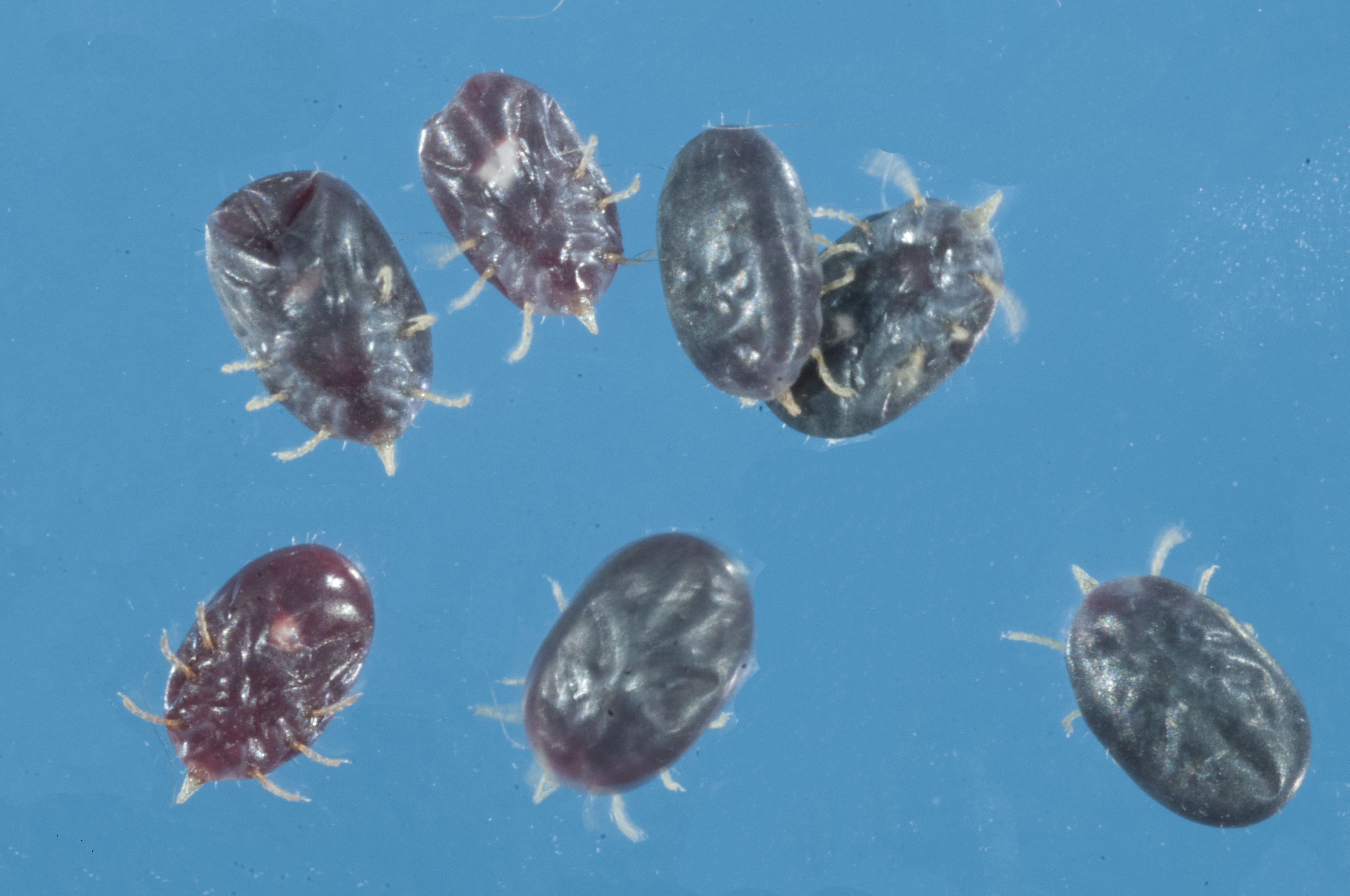
Bat Tick Found for the First Time in New Jersey
A tick species associated with bats has been reported for the first time in New Jersey and could pose health risks to people, pets and livestock, according to a Rutgers-led study in the Journal of Medical Entomology. This species (Carios kelleyi) is a “soft” tick. Deer ticks, which carry Lyme disease, are an example of “hard” ticks.
UCLA team leading COVID-19 epidemiology study among animal health care professionals
A team led by Anne Rimoin, UCLA Fielding School of Public Health professor of epidemiology and Director of the UCLA Center for Global and Immigrant Health, has just launched an epidemiologic study to understand occupational exposure to SARS-CoV-2 and other pathogens in high-risk populations, including veterinary medicine and animal care/welfare workers.

What is a dung beetle?
Dung beetles provide many important functions to ecosystems
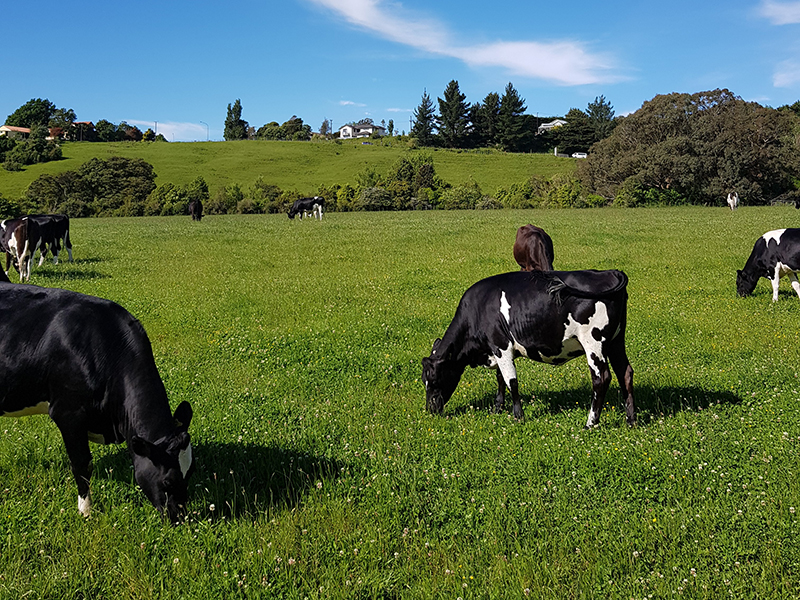
How much fluorine is too much fluorine?
Research investigates how fluorine levels affect beneficial soil microbes
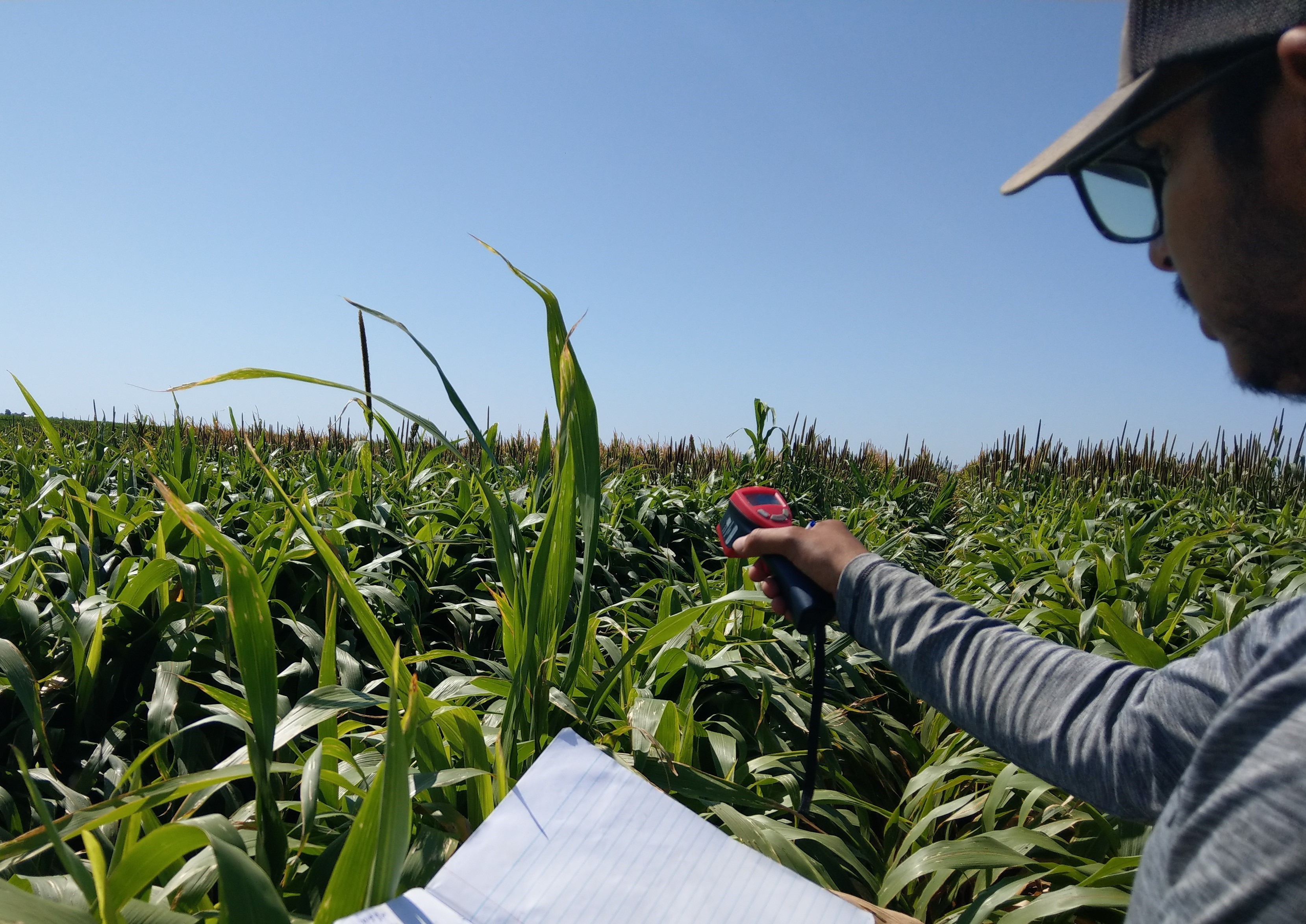
Water-Saving Alternative Forage Crops for Texas Livestock
With increasing drought conditions in the Texas High Plains, researchers test sorghum and pearl millet as alternatives to corn
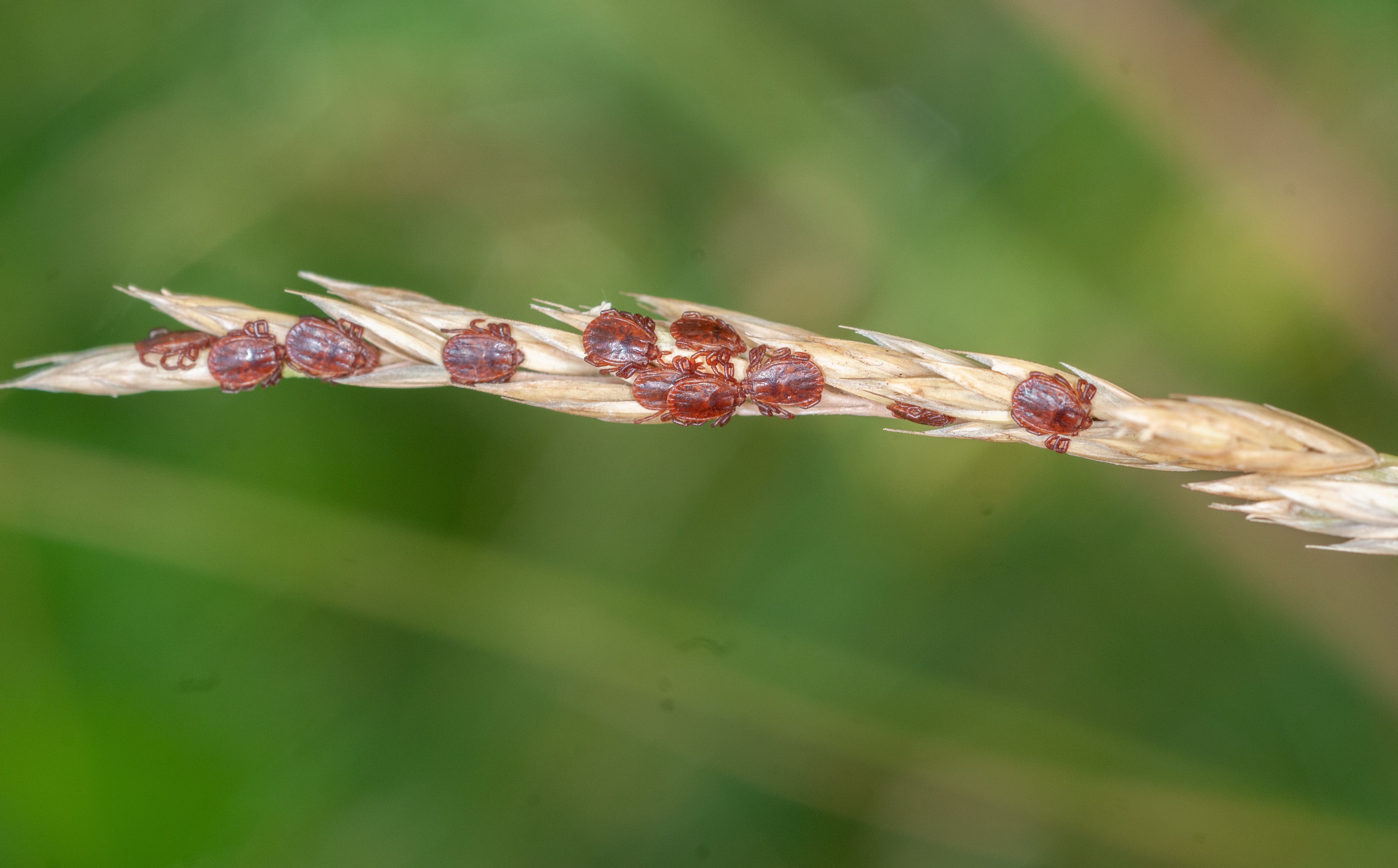
Where Did the Asian Longhorned Ticks in the U.S. Come From?
The invasive population of Asian longhorned ticks in the United States likely began with three or more self-cloning females from northeastern Asia, according to a Rutgers-led study. Asian longhorned ticks outside the U.S. can carry debilitating diseases. In the United States and elsewhere they can threaten livestock and pets. The new study, published in the journal Zoonoses and Public Health, sheds new light on the origin of these exotic ticks and how they are spreading across the United States.
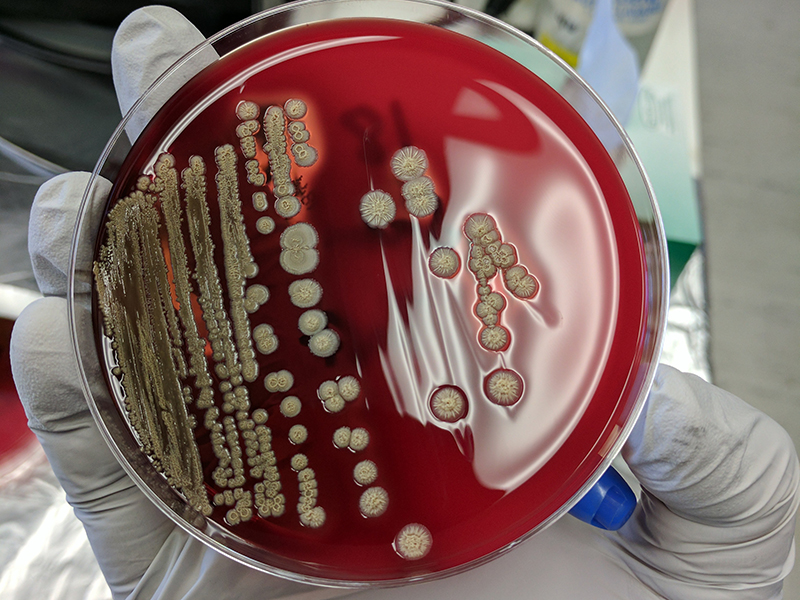
Reusing chicken litter shows benefits
Beneficial bacteria in reused poultry litter can reduce Salmonella levels
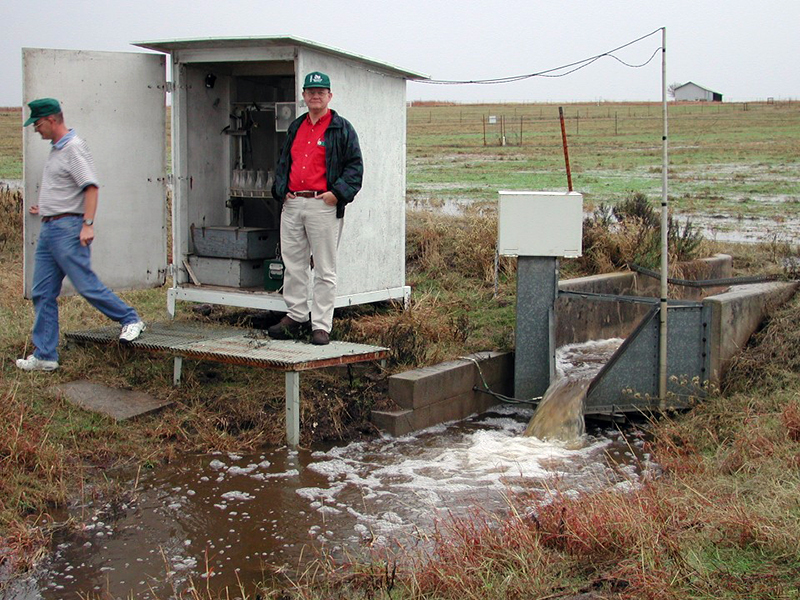
23 Years of Water Quality Data from Crop-Livestock Systems
Researchers summarize runoff water quantity and quality data from native tallgrass prairie and crop-livestock systems in Oklahoma between 1977 and 1999
A closer look at agriculture market interruptions during COVID-19
Disruptions caused to the food and agriculture sector’s supply chains by the COVID-19 pandemic are being analyzed by the Texas A&M AgriLife-led Center of Excellence for Cross-Border Threat Screening and Supply Chain Defense Center, or CBTS, a Department of Homeland Security Science and Technology Center of Excellence.
COVID-19 ONE HEALTH TELE NEWS CONFERENCE
Day: Thursday, April 2 Time: 8am EDT Please register for News Conference: The World Needs to Triage Now on Stopping the Next Zoonotic Pandemic on Apr 2, 2020 8:00 AM EDT at: https://attendee.gotowebinar.com/register/6563219508106471694 After registering, you will receive a confirmation…
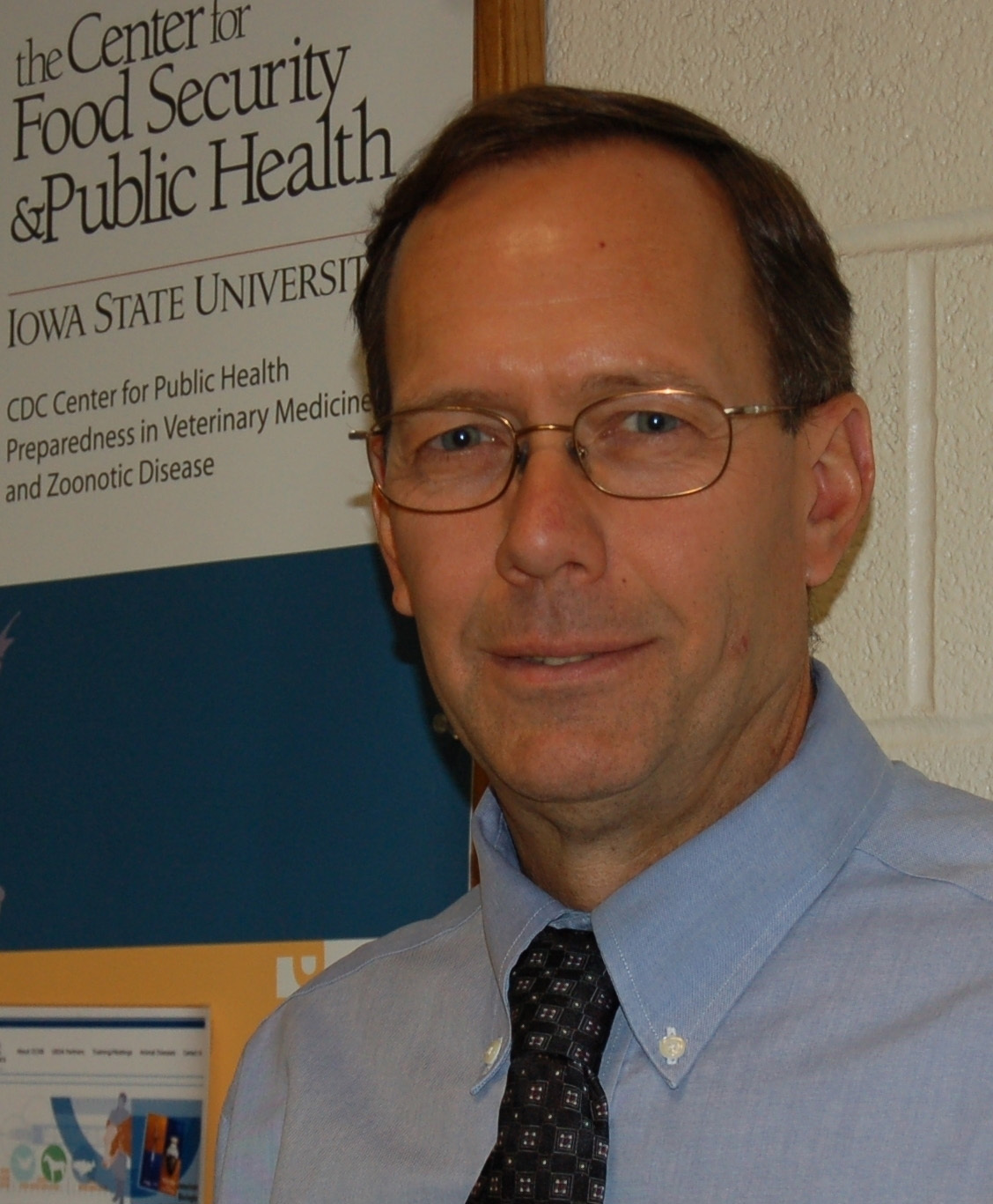
Some good news: Livestock and poultry appear to be safe from COVID-19
AMES, Iowa – Veterinarian and food safety expert Jim Roth is available for interviews regarding the potential impact of COVID-19 on food safety. Iowa State has a live studio available, though it may require some extra time to arrange an…
Coronavirus: Human strain causes fear, but domestic livestock strains are routine
Many people are hearing about coronavirus for the first time as the China strain, COVID-19, affecting humans causes concern all across the world. But coronaviruses are not new to livestock and poultry producers, according to a Texas A&M AgriLife veterinary epidemiologist.
Could Drones Save Cows? Why University of Kentucky Research Team Thinks So
It’s a staggering statistic — every year nearly 3 million cows in the U.S. die from health problems. And it’s costing the cattle industry more than $1 billion. Could eyes in the sky be the answer? Jesse Hoagg, the Donald and Gertrude Lester Professor of Mechanical Engineering at the University of Kentucky, thinks so.

Fossils of the future to mostly consist of humans, domestic animals
In a co-authored paper published online in the journal Anthropocene, University of Illinois at Chicago paleontologist Roy Plotnick argues that the fossil record of mammals will provide a clear signal of the Anthropocene era.